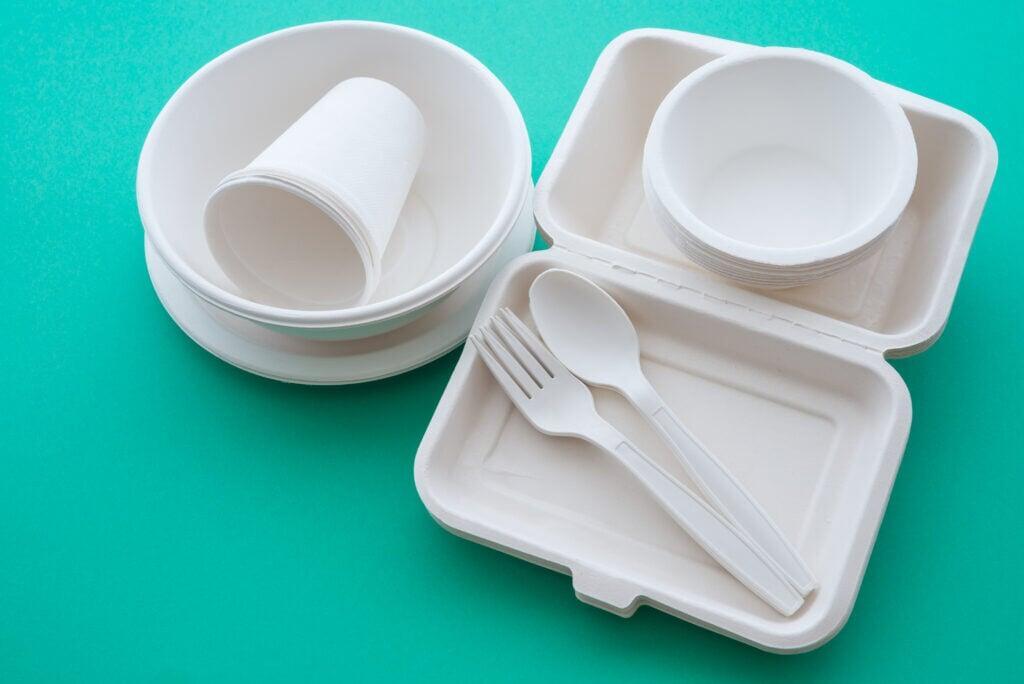In December 2024, the Commonwealth Scientific and Industrial Research Organisation (CSIRO) released the report The State of Bioplastics in Australia, which provides an overview of Australia's bioplastics system and analyzes the current state of bioplastics The report presents an overview of Australia's bioplastics system and analyzes the current state of bioplastics, opportunities and challenges.
1. Status of Bioplastics in Australia. The report found that polylactic acid (PLA) dominates the Australian bioplastics market, mainly for food service items. Due to challenges in recycling or composting, most bioplastics end up in landfills, with the exception of some composting activities in South Australia, and there is a need to improve waste management and recycling infrastructure. In addition, while raw materials for the manufacture of bioplastics are common, the majority of bioplastics in Australia are imported, with polylactic acid (PLA) sourced mainly from Thailand and bio-based polyethylene (BPE) mostly from Brazil.
2. Challenges facing bioplastics. These include five aspects: end-of-life management, the lack of infrastructure for bioplastics treatment and recycling makes bioplastics end-of-life a huge challenge; regulation and certification, unregulated standards and misleading behaviors will bring confusion to consumers; nature and performance, according to the nature and performance of bioplastics, various plastics need to be applied to the appropriate areas; knowledge, trust and awareness, the lack of knowledge and trust of consumers about the characteristics of bioplastics, uses and end-of-life, resulting in the ineffective use of bioplastics; raw materials and nature-related risks, although bioplastics have environmental advantages, their raw material sources and production processes have some risks, Knowledge, trust and awareness, where consumers lack knowledge and trust about the properties, uses and end-of-life of bioplastics, leading to ineffective use of bioplastics; Raw materials and nature-related risks, where bioplastics, despite their environmental advantages, present a number of risks in terms of raw material sources and production processes.

3. Future opportunities for bioplastics. It includes eight main areas:
(1) Niche industry applications. Bioplastics have a unique potential to address environmental issues in niche industries such as horticulture, agriculture and biomedicine, where they can replace traditional plastics and biodegrade under specific conditions, thereby reducing the accumulation of plastic waste and harm to the ecosystem.
(2) Tackling food waste. Incorporating bioplastic garbage bags into the Food and Garden Organics (FOGO) system is expected to significantly reduce food waste. These bags, made from renewable resources, help to manage organic waste efficiently, reduce greenhouse gas emissions from landfills, and fertilize the soil.
(3) Applications of polyhydroxy fatty acid esters. Polyhydroxy fatty acid esters are commercially viable biodegradable polymers that break down in a variety of environments and can be used in disposable packaging and single-use products. A number of innovative organizations in Australia are leading the way in the application of polyhydroxy fatty acid esters.
(4) Indigenous manufacturing. Opinions on indigenous manufacturing of bioplastics are mixed. There is some potential for production using agricultural and forestry by-products or exploring the use of emerging industries such as algae, but international investment in bioplastics manufacturing is an important consideration.
(5) Chemical recycling. Advanced chemical recycling technologies can provide innovative solutions for end-of-life management of bioplastics.
(6) Bio-based and renewable packaging materials. Setting targets for the addition of bio-based and renewable materials to packaging materials incentivizes the use of sustainable resources, reduces dependence on fossil-fueled plastics, and promotes the development of sustainable packaging materials.
(7) Clear definitions and labeling. Establishing clear definitions and standardized labels for bioplastics is essential for effective communication and education. Biodegradable bioplastics should be compostable and only certified products should be labeled with the official “Seedling” logo and the “Australian Recycling Label”.
(8) Industry 4.0 technologies. Industry 4.0 technologies, such as the integration of the Internet of Things, artificial intelligence and big data analytics, are expected to increase resource efficiency, reduce waste and improve end-of-life processes in the bioplastics industry. Real-time monitoring and tracking of inputs and materials throughout the supply chain, optimization of manufacturing processes and data-driven insights can drive more sustainable development of bioplastics.

